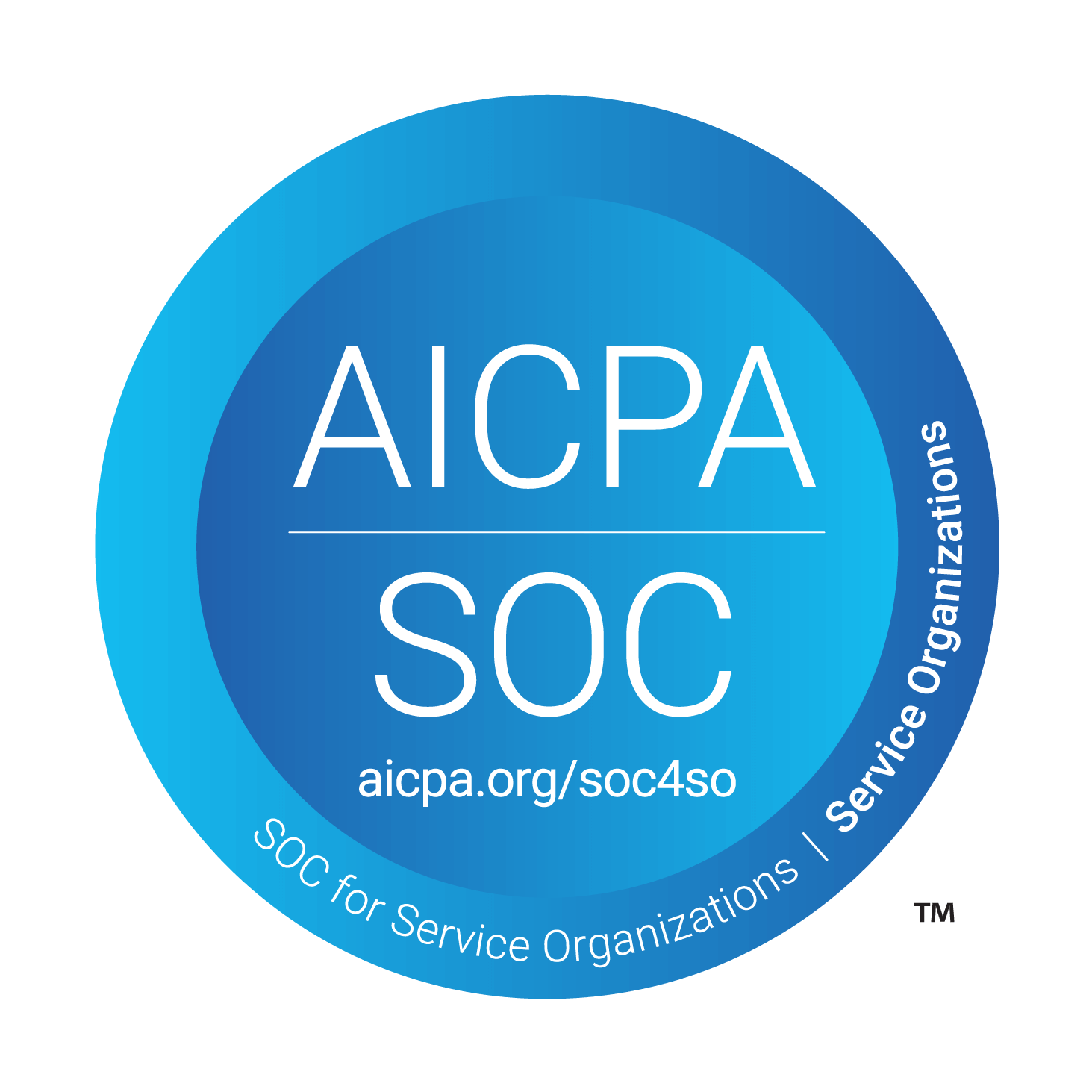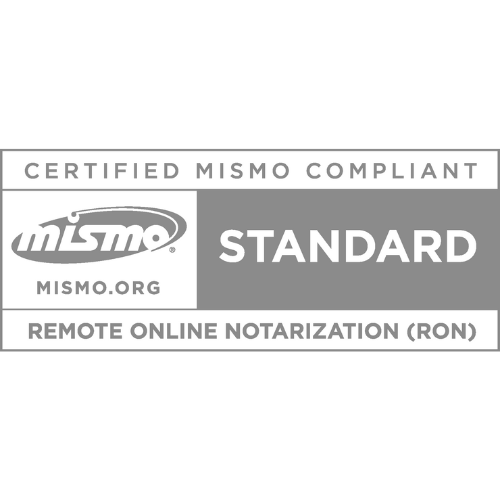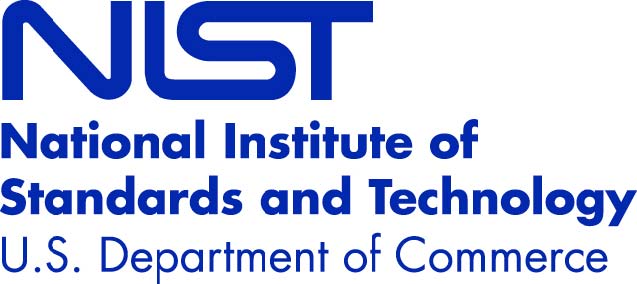Disclaimer: This blog post is for informational purposes only and does not constitute legal advice. Please consult an attorney for guidance on specific laws regarding Remote Online Notarization (RON), digital signatures, and related legal matters. As laws concerning RON and notarization are subject to frequent changes, it is advisable to verify current regulations with your local government.
Notary I-9 verification may feel like a high-stakes process, especially when employment deadlines are looming. Whether you’re starting a new job remotely or coordinating onboarding across state lines, completing your notary I-9 verification can involve multiple steps and strict documentation requirements.
This process often requires verifying identity and employment eligibility through a designated agent—sometimes a notary public—who can complete Section 2 of the Form I-9 on behalf of the employer. While it may seem confusing at first, understanding the requirements and available options can help make the experience more manageable.
In this article, we’ll explore what notary I-9 verification involves, who can perform it, and why the process is often misunderstood. Whether you’re an employee or an employer, knowing your responsibilities and the legal boundaries of I-9 completion may help you avoid delays and reduce compliance risks.
Understanding Notary I-9 Verification
Notary I-9 verification plays an important role in the employee onboarding process, particularly when remote hires or third-party representatives are involved. While it may seem procedural, accurate completion of Form I-9 can carry significant compliance implications for both employers and employees.
The Role of Form I-9
Form I-9 is required by federal law to verify an individual’s identity and authorization to work in the United States. This requirement applies to all employees, regardless of citizenship or immigration status. Failure to complete the form accurately may lead to compliance issues, including fines or other legal consequences for employers.
A properly executed I-9 form may also help protect employees from discrimination by ensuring a consistent process is followed for all new hires. The goal is to confirm eligibility to work while maintaining compliance with anti-discrimination provisions under federal law.
Who Can Perform Notary I-9 Verification?
An employer may designate an authorized representative to complete Section 2 of the I-9 on their behalf. This representative can include a notary public, depending on state regulations, or a remote verification service that supports I-9 compliance. The representative is responsible for reviewing original documents that establish identity and work eligibility, completing the form, and signing it.
It’s important to note that even when using an outside representative for notary I-9 verification, the employer remains legally responsible for the accuracy of the form. Errors or omissions may still result in liability, so careful selection and clear instructions are often critical.
While the process can seem complex, understanding the rules around authorized representatives and document requirements may help reduce confusion and support a compliant onboarding experience.
The Process of Notary I-9 Verification: When and How It Applies
Notary I-9 verification may become necessary in situations where a new hire cannot physically report to the employer’s worksite. This is often the case with remote employees, out-of-state hires, or those onboarding while traveling or residing abroad. In these cases, a notary public—or another designated authorized representative—may be asked to complete Section 2 of Form I-9 on the employer’s behalf.
When Is a Notary Needed for Form I-9?
A notary public is not automatically required for I-9 verification; however, they may serve as an authorized representative when:
- The employee is working remotely and cannot meet in person with the employer
- The employer does not have a local office near the employee’s location
- The employee is located in another state or territory (such as Puerto Rico)
- An online I-9 verification service uses notaries or trained agents to meet compliance standards
It’s important to note that notaries completing I-9s are not performing a traditional notarization. They are acting as an agent of the employer to physically examine the employee’s identification and work authorization documents.
Preparing for the Verification
Before the session—whether in person or remote—the employee should gather acceptable documents from the USCIS List of Acceptable Documents, which may include:
- A valid U.S. passport or passport card
- A permanent resident card
- A driver’s license and Social Security card (in combination)
- Military or government-issued IDs (including for maritime workers)
The authorized representative must physically inspect these documents—photocopies or scans are not acceptable. This is a key requirement under federal law and applies regardless of whether the meeting is remote or in person.
Remote Workers and Notary I-9 Verification
As remote work becomes more common, I-9 verification for distributed teams presents new challenges. Notary I-9 verification offers a flexible solution by allowing an employer’s designated representative to meet with the employee locally—even if the employer is hundreds of miles away.
Online platforms that specialize in remote I-9 verification may use secure video sessions where notaries or trained agents visually confirm documents and complete the form in real time. This approach may help employers maintain compliance without requiring travel or complex coordination, and it often supports faster onboarding.
While the process can vary by employer and jurisdiction, notary I-9 verification offers a lawful and practical method to meet federal hiring requirements—especially in today’s increasingly remote workforce. Understanding when a notary may be appropriate and what steps are involved can help ensure a smoother and more compliant verification process.
Acceptable Documents for Notary I-9 Verification
When completing Form I-9—whether through a notary acting as an authorized representative or another designated agent—employees are required to present documentation that verifies both their identity and employment authorization. The documents must be physically reviewed in accordance with federal guidelines set by the U.S. Citizenship and Immigration Services (USCIS).
Documents fall into three categories: List A, List B, and List C. Employees must present either one document from List A or one document each from List B and List C to satisfy the verification requirements.
List A: Documents That Establish Both Identity and Employment Authorization
These documents verify both identity and the right to work in the United States. Examples include:
- U.S. Passport or Passport Card
- Permanent Resident Card (Form I-551)
- Employment Authorization Document (Form I-766)
- Foreign passport with a temporary I-551 stamp or machine-readable immigrant visa
- Merchant Mariner Document (when accompanied by a U.S. Coast Guard-issued credential)
List B: Documents That Establish Identity Only
List B documents must be presented alongside a List C document. They include:
- State-issued driver’s license or ID card
- ID cards issued by federal, state, or local government agencies
- School ID card with photograph (for individuals under 18)
- Voter registration card
- U.S. military ID or dependent ID
- U.S. Coast Guard Merchant Mariner Card
List C: Documents That Establish Employment Authorization Only
When paired with a List B document, these confirm the individual is authorized to work in the U.S. Acceptable items include:
- Social Security card (excluding cards marked “Not Valid for Employment”)
- Original or certified copy of a birth certificate issued by a U.S. state, county, or territory
- Certification of Report of Birth Abroad (Form DS-1350 or FS-545)
- U.S. Citizen ID Card (Form I-197)
- Native American tribal documents
- Employment authorization document issued by DHS (if not included in List A)
All documents must be unexpired and presented in their original form. Photocopies or digital versions are not acceptable. Employers or their representatives—including notaries completing Form I-9—are responsible for physically examining these documents in the presence of the employee to comply with federal verification standards. More information can be found on the USCIS website here: Form I-9 Acceptable Documents | USCIS.
Mistakes to Avoid in Notary I-9 Verification
While notary I-9 verification may appear straightforward, there are several frequent missteps that can lead to compliance issues. Whether you’re an authorized representative, notary public, or third-party service provider completing Form I-9 on behalf of an employer, careful attention to detail is essential.
Incomplete or Incorrect Document Verification
A common issue arises when the individual completing Section 2 fails to properly examine the original documents presented by the employee. Federal law requires a physical inspection of unexpired, original identification and employment authorization documents. Reviewing photocopies or accepting incomplete documents may result in non-compliance with U.S. Citizenship and Immigration Services (USCIS) requirements.
Inaccurate or Missing Form Fields
Another frequent error involves leaving required fields blank or entering inaccurate information. All applicable sections of Form I-9 must be completed clearly and correctly, including document titles, issuing authorities, expiration dates, and signature lines. Even minor omissions may trigger fines or administrative penalties during an audit.
Employers remain accountable for the accuracy of each I-9 form—even when a third-party representative completes it. This makes quality control and thorough review especially important.
Misuse of Notary Seals
A common misconception is that notarizing a Form I-9 involves using a notary seal. In reality, I-9 verification is not a formal notarization. When a notary serves as an authorized representative, their role is limited to verifying documents and completing the form—not affixing a stamp or seal. Using a notarial seal may create confusion or misrepresent the nature of the transaction.
Overlooking Remote Service Compliance
While remote I-9 verification services can offer convenience, it remains the employer’s responsibility to ensure the service follows USCIS requirements. Not all remote setups are automatically compliant, so employers should confirm the process includes real-time visual inspection of original documents and proper form completion by a trained representative.
Key Reminders:
- Double-check all fields on the I-9 form for accuracy and completion
- Do not use a notary seal on the form
- Confirm that any remote service follows federal compliance standards
Avoiding these common mistakes may help reduce audit risk, support legal compliance, and maintain the integrity of your onboarding process—whether the employee is sitting across the desk or across the country.
Conclusion: Navigating Notary I-9 Verification with Confidence
As remote work and decentralized hiring continue to grow, Notary I-9 verification has become an increasingly important option for employers and employees navigating distance-based onboarding. Whether completed in person or through a remote authorized representative, the goal remains the same: to ensure compliance with federal employment verification requirements while maintaining accuracy and accountability.
Understanding when a notary may serve as an authorized representative, what documents are acceptable, and which common errors to avoid can help reduce delays and minimize compliance risks. While the process may vary based on location and circumstance, careful planning and adherence to USCIS guidelines often support a smoother experience for all parties involved.
As always, employers remain ultimately responsible for the proper completion and retention of Form I-9—regardless of who fills it out. Taking time to review procedures, confirm document validity, and ensure accurate recordkeeping may help protect both the organization and its workforce in the long run.
Common Questions About Notary I9 Verification for Employers
Does the I-9 form need to be notarized?
No, the I-9 form does not require notarization. The U.S. Citizenship and Immigration Services (USCIS) specifically states that this document should be completed without a notary’s involvement. Instead, it is typically filled out by both the employer and employee as part of verifying an individual’s eligibility for employment in the United States.
What documents can you use for I-9 verification?
The U.S. Citizenship and Immigration Services (USCIS) provides a list of acceptable documents for Form I-9, Employment Eligibility Verification. These include:
- A U.S. Passport or U.S. Passport Card
- A Permanent Resident Card or Alien Registration Receipt Card (Form I-551)
- A foreign passport with an attached temporary I-551 stamp or a temporary I-551 printed notation on a machine-readable immigrant visa
- An Employment Authorization Document that contains a photograph (Form I-766)
More information can be found on the USCIS website here: Form I-9 Acceptable Documents | USCIS.
Who is the authorized representative for I-9 verification?
The authorized representative for I-9 verification can be any person you designate to complete and sign Form I-9 on your behalf. This individual could be a personnel officer, foreman, agent, or anyone else acting on your behalf, including a notary public. It’s important to note that this person is liable for any violations in connection with the form or the verification process. However, U.S Citizenship and Immigration Services (USCIS) does not require the authorized representative to have specific agreements or other documentation for Form I-9 purposes.
Who can verify an I-9?
Form I-9 may be verified by an authorized representative designated by the employer. This representative can be almost anyone—such as a notary public, HR professional, colleague, or third-party service provider—as long as they physically examine the employee’s original, unexpired documents in person and complete Section 2 of the form accurately.
U.S. Citizenship and Immigration Services (USCIS) does not require the verifier to have specific credentials, but they must follow federal guidelines and are expected to complete the form correctly. Importantly, even when an authorized representative is used, the employer remains liable for any errors, omissions, or non-compliance related to the form.
When using a notary, it’s essential to note that this is not a formal notarization—the notary is simply acting as the employer’s representative and should not apply a notarial seal.






 Your Privacy Choices
Your Privacy Choices


